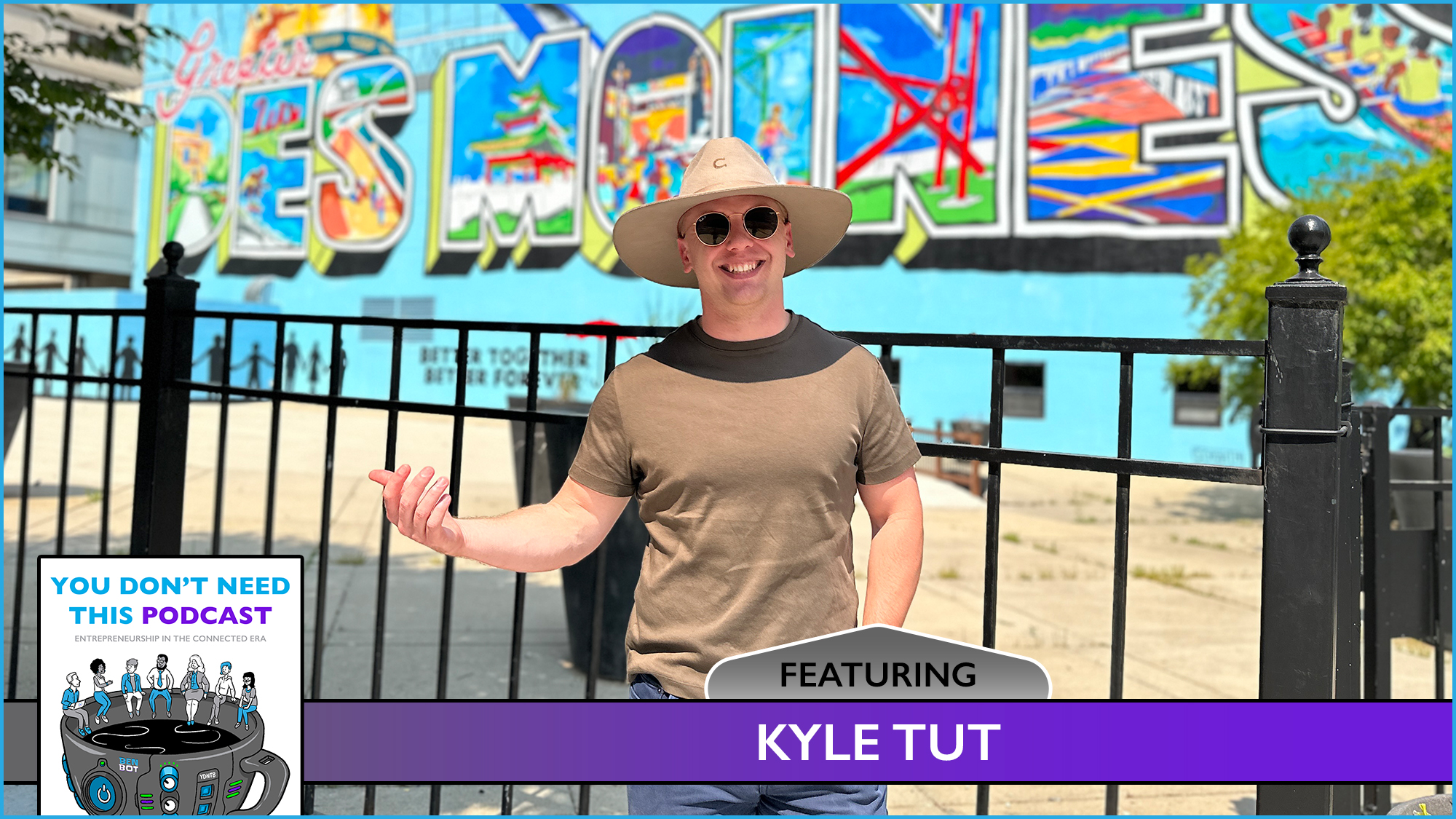Talent is natural.
Skills are learned.
While terms like “soft skills or “power skills” are used every day, I’m updating my vocabulary to align with Seth Godin. Instead of abstracting, even nerfing the value of what makes us indispensable, “real skills” invite the new reality. Knowledge, action, and persistence are still required, but real skills help us connect, communicate, and collaborate as we pursue peculiar work fueled by significance in our connected era.
As Seth Godin recently wrote about in this TED Talks article, real skills help students, entrepreneurs, intrapreneurs, and people-centric organizations activate humans working toward shared understandings. This updated term removes the optional vibes out of subtle super powers that help us go beyond the status quo. To close his 2023 manifesto for teams, Song of Significance, Seth Godin shares this working encyclopedia (below) of categorized real skills.
Self Control
Adaptability to changing requirements
Agility in the face of unexpected obstacles
Alacrity and the ability to start and stop quickly
Authenticity and consistent behavior
Bouncing back from failure
Coach-ability and the desire to coach others
Collaborative mindset
Compassion for those in need
Competitiveness
Conscientiousness in keeping promises
Customer service passion
Eagerness to learn from criticism
Emotional intelligence
Endurance for the long haul
Enthusiasm for the work
Ethics even when not under scrutiny
Etiquette
Flexibility
Friendliness
Honesty
Living in balance
Managing difficult conversations
Motivated to take on new challenges
Passionate
Posture for forward motion
Purpose
Quick-wittedness
Resilience
Risk-taking
Self awareness
Self confidence
Sense of humor
Strategic thinking taking priority over short-term gamesmanship
Stress management
Tolerance of change and uncertainty
Productivity
Attention to detail
Crisis management skills
Decision making with effectiveness
Delegation for productivity
Diligence and attention to detail
Entrepreneurial thinking and guts
Facilitation of discussion
Goal setting skills
Innovative problem-solving techniques
Lateral thinking
Lean techniques
Listening skills
Managing up
Meeting hygiene
Planning for projects
Problem solving
Research skills
Technology savvy
Time management
Troubleshooting
Wisdom
Artistic sense and good taste
Conflict resolution instincts
Creativity in the face of challenges
Critical thinking instead of mere compliance
Dealing with difficult people
Diplomacy in difficult situations
Empathy for customers, co-workers and vendors
Intercultural competence
Mentoring
Social skills
Supervising with confidence
Perception
Design thinking
Fashion instinct
Map making
Judging people and situations
Strategic thinking
Influence
Ability to deliver clear and useful criticism
Assertiveness on behalf of ideas that matter
Body language (reading and delivering)
Charisma and the skill to influence others
Clarity in language and vision
Dispute resolution skills
Giving feedback without ego
Influence
Inspiring to others
Interpersonal skills
Leadership
Negotiation skills
Networking
Presentation skills
Persuasive
Public speaking
Reframing
Selling skills
Storytelling
Talent management
Team building
Writing for impact
What a thought-provoking collection of conversation starters! While there may be more, I’d quickly add inclusivity, curiosity, showing up, content creation, systems thinking, accelerating others through the art of connection, thinking big, mindfulness, following up, pure wonder, and having fun. What are real skills you’d brew into the mix?
